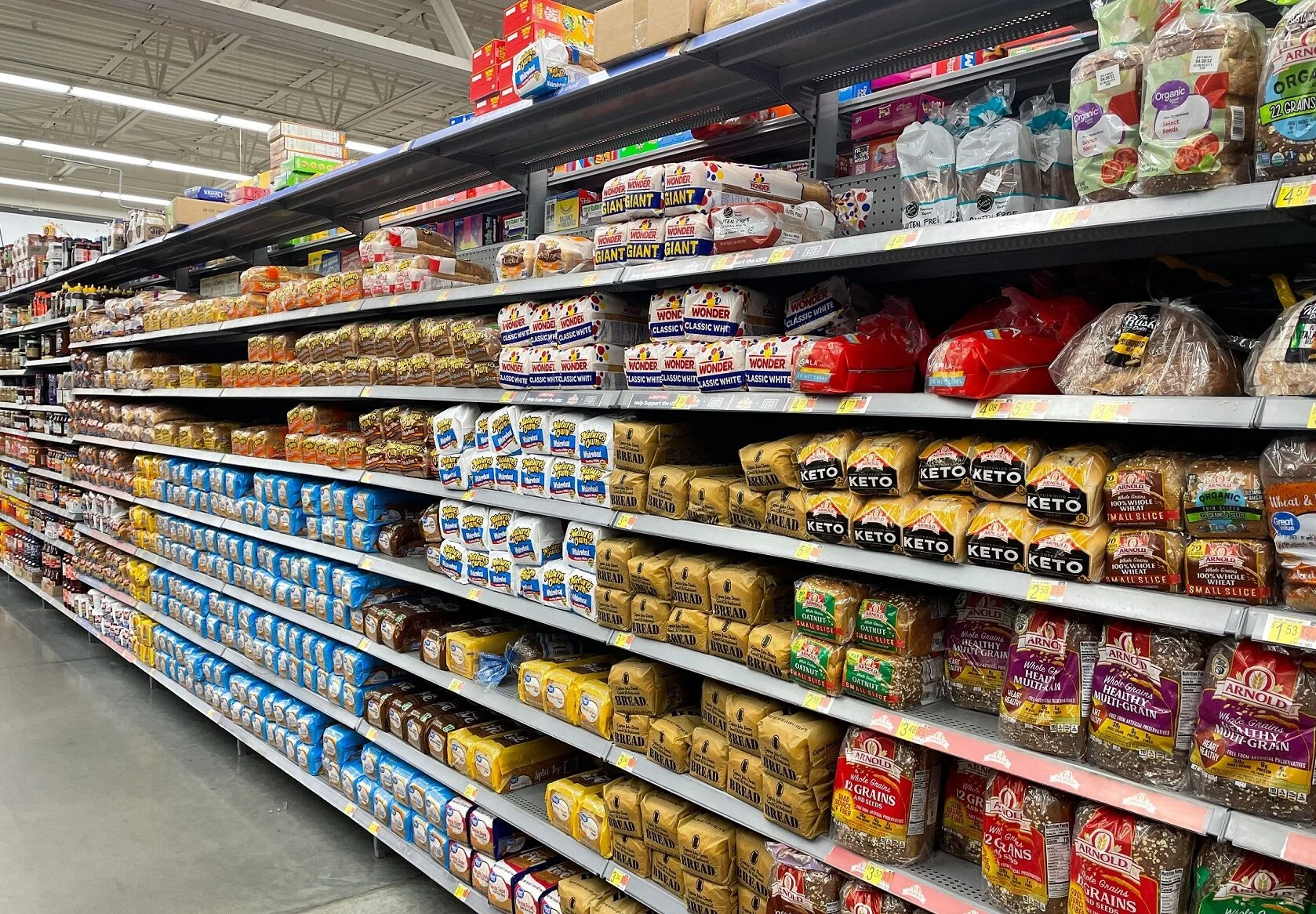Healthy eating is often perceived as expensive, but it doesn’t have to be. With careful planning and smart choices, you can fill your cart with nutritious foods without breaking the bank. Here are ten tips to help you grocery shop on a budget while prioritizing your health.
1. Plan Your Meals and Make a List
Meal planning is the cornerstone of budget-friendly shopping. Spend some time each week planning your meals, focusing on ingredients you already have at home and those on sale at your local grocery store. Once you’ve planned your meals, make a detailed shopping list. Sticking to your list helps prevent impulse buys that can quickly add up and ensures you only purchase what you need.
2. Buy in Bulk When Possible
Buying in bulk can save you money, especially for non-perishable items like rice, oats, beans, nuts, and dried fruits. Many stores offer discounts on larger quantities, which is ideal if you have the storage space. However, be cautious with perishable items unless you can freeze or preserve them. Buying in bulk reduces the cost per unit and minimizes the frequency of shopping trips, saving both time and money.
3. Embrace Frozen Fruits and Vegetables
Frozen fruits and vegetables are often just as nutritious as fresh ones and can be much more affordable. They are typically frozen at peak ripeness, preserving their nutrients. Stock up on frozen berries, spinach, and mixed vegetables to use in smoothies, soups, and stir-fries. Additionally, frozen produce has a longer shelf life, which reduces waste and saves you money in the long run.
4. Shop Seasonally
Fruits and vegetables that are in season are usually cheaper and fresher. Seasonal produce is often more flavorful and nutrient-dense as well. Get familiar with what’s in season in your region and incorporate those items into your meal plan. Shopping at local farmers’ markets can also be a great way to find seasonal produce at lower prices.
5. Limit Processed Foods
Processed foods are not only less healthy, but they’re also often more expensive. Items like pre-packaged meals, sugary snacks, and sodas can eat up a significant portion of your grocery budget. By focusing on whole foods like fruits, vegetables, grains, and lean proteins, you can save money and improve your diet. Processed foods often have hidden costs in the form of empty calories, leading to higher healthcare costs in the long run.
6. Opt for Store Brands
Store brands, or generic brands, are typically less expensive than name-brand products but offer similar quality. For items like canned goods, pasta, rice, and cereals, the store brand is often just as good as the brand-name version. The price difference can add up over time, leading to substantial savings without compromising on quality.
7. Use Coupons and Loyalty Programs
Take advantage of coupons, sales, and loyalty programs to maximize your savings. Many stores offer digital coupons that you can load onto your store card, making it easier to save without clipping physical coupons. Additionally, loyalty programs often offer discounts, rewards, and special deals to regular customers. Combining coupons with sales can lead to significant discounts on your grocery bill.
8. Buy Whole Foods
Pre-cut fruits, pre-washed vegetables, and other convenience items can be tempting but often come with a higher price tag. Instead, buy whole foods that you can prepare yourself. For example, a whole chicken is usually cheaper than buying pre-cut chicken breasts, and a whole head of lettuce costs less than a bag of pre-washed salad mix. While it may take a little more time, preparing your own meals from whole foods is healthier and more economical.
9. Cook in Batches
Cooking in batches allows you to take advantage of sales and bulk purchases. Make large portions of meals like soups, stews, casseroles, and chili, and freeze the leftovers for later. Batch cooking saves time, reduces waste, and ensures you have healthy, home-cooked meals ready to go, which can prevent the temptation to order takeout or grab fast food.
10. Avoid Shopping When Hungry
Shopping on an empty stomach can lead to impulse purchases, especially of unhealthy snacks and convenience foods. When you’re hungry, you’re more likely to buy more than you need or choose less healthy options. To avoid this, eat a snack or meal before you head to the grocery store, ensuring you stick to your list and budget.
Conclusion
Healthy grocery shopping on a budget is entirely achievable with the right strategies. By planning ahead, making smart choices, and avoiding common pitfalls, you can nourish your body without overspending. Remember, every small change adds up, and over time, these tips can lead to significant savings and a healthier lifestyle.






